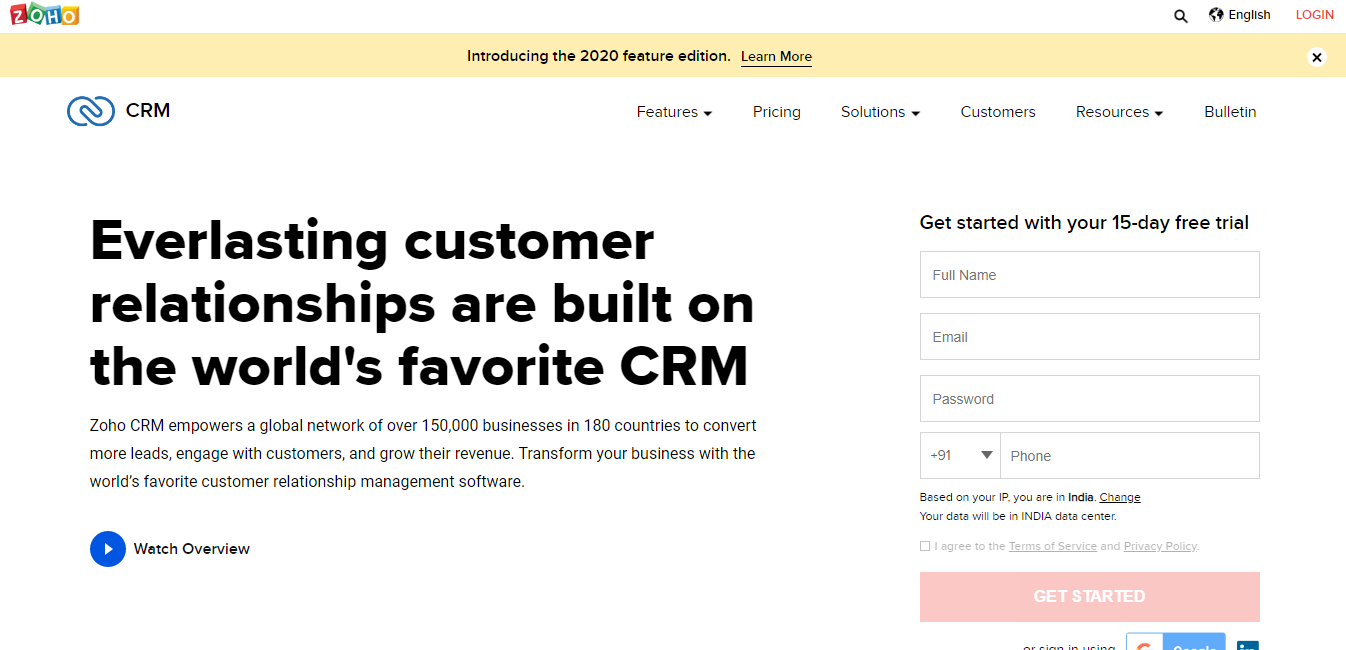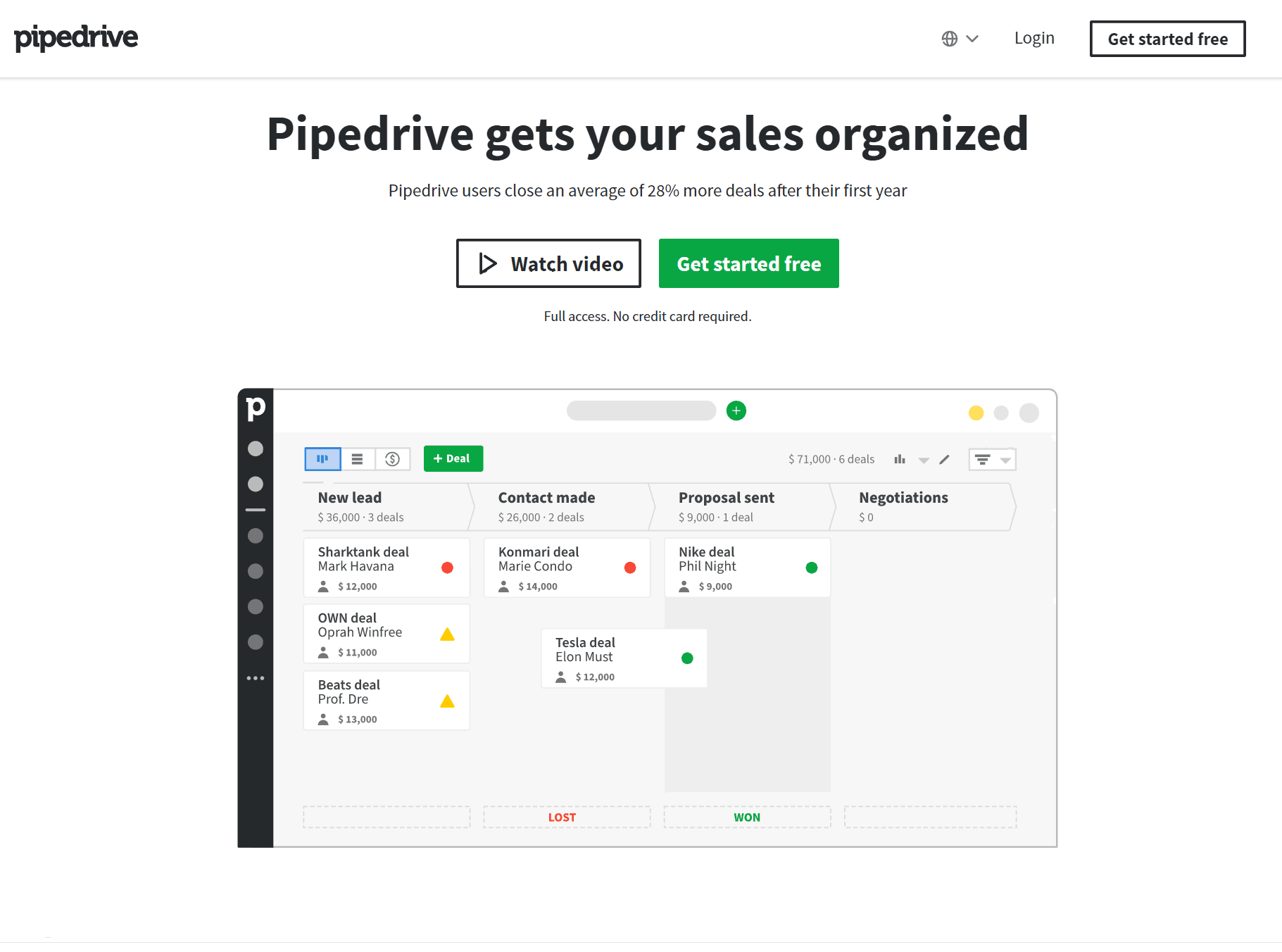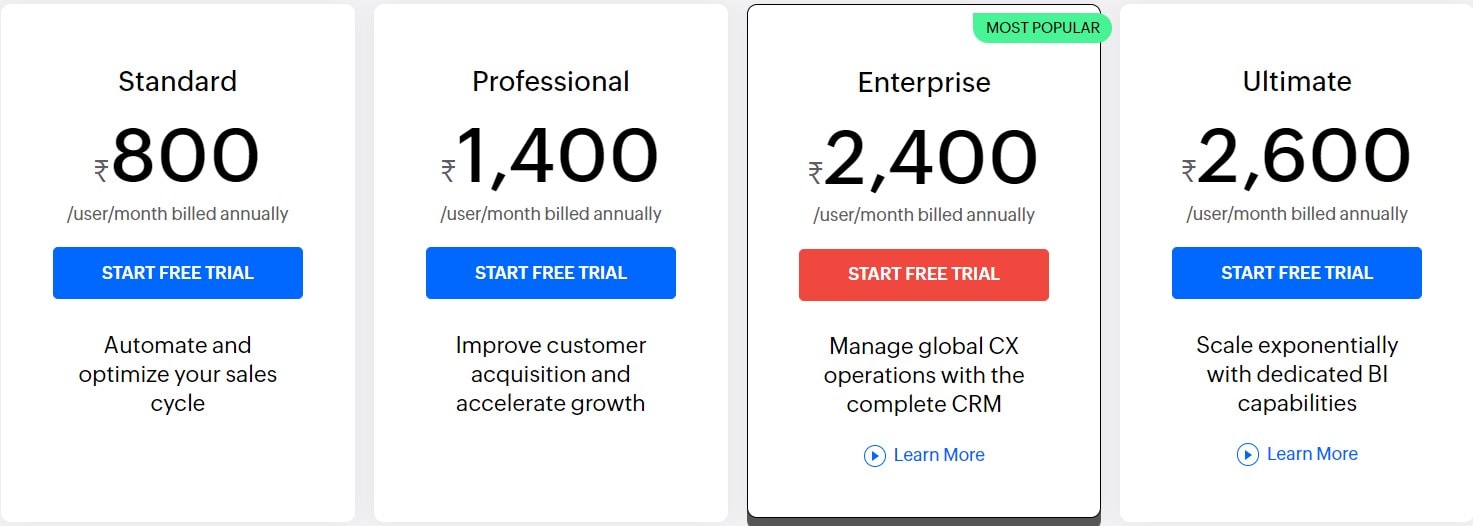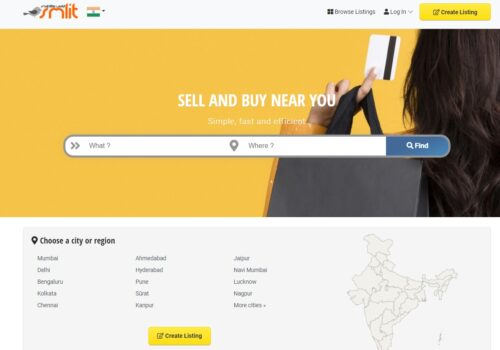
ZohoLearn More |

PipedriveLearn More |
|---|---|
| $ Pricing | $8 | $ 12.50 |
| Best for |
Zoho CRM, one of the most popular cloud-based CRM applications, was created with start-ups and small companies in mind. Its clients adore its user-fri |
Pipedrive is on the list of the top CRM systems for small enterprises because it delivers many features at an affordable price. However, there are man |
| Features |
|
|
| Pros | |
|
|
| Cons | |
|
|
| Ease of Use | |
|
Zoho CRM is just so easy and intuitive, and it satisfied every one of our requirements. It saves a ton of time and really allows us to have smooth, quick interactions with customers, allowing to fit in more work per day. |
Pipedrive is an extremely user-friendly tools |
| Value For Money | |
|
Zoho CRM continues to be a pick, providing superb value with easy-to-use marketing and reporting tools, versatile integrations, and an excellent user experience. |
Pipedrive's pricing is much more straightforward than HubSpot's, consisting of four core price plans. |
| Customer Support | |
|
Customer support is not always straightforward to reach. |
The customer service and the overall functionality of this product is terrible. |
Do you want to know which one is better between the two user-friendly CRM: Zoho Vs Pipedrive? If yes, you have visited a suitable site for that.
My analysis indicates that Zoho CRM is superior to Pipedrive in terms of functionality, customizability, and testing usability. According to my statistics, Zoho is the best CRM for small businesses because of its extensive capability across the sales, marketing, and customer service sectors.
While Zoho CRM is generally more sophisticated, Pipedrive has a niche with small enterprises that only emphasize sales. It is a tad pricey but offers competitive functionality and superior usability, making the user experience with online forms and chatbots fast and straightforward.
This article compares Pipedrive vs. Zoho CRM in terms of functionality, cost, customer care, and customizability so that you may make the best decision for your organization.
What Is Zoho CRM?
Zoho CRM, one of the most popular cloud-based CRM applications, was created with start-ups and small companies in mind. Its clients adore its user-friendliness, feature-richness, and affordability.
This robust CRM software has enabled over 150,000 organizations in 180 countries to communicate with customers, convert more leads, and increase revenue. Most of Zoho CRM’s clients are consulting, technology, media, and real estate organizations that use CRM.
The objective of Zoho CRM is to assist organizations in “selling smarter, better, and quicker.” With automated tools and customer support, Zoho CRM can communicate with its clients smoothly and efficiently, regardless of where they are. The platform aims to facilitate company operations for all business owners.
Typically, sales teams must handle time-consuming operations such as organizing sales appointments, sending follow-up emails, and managing contacts.
Fortunately, Zoho CRM simplifies the sales process by automating it, allowing you to devote more time to acquiring and nurturing leads, completing transactions, and cultivating client connections.
Zoho CRM enables the automation of lead creation from several sources, such as conversations, social media, websites, and trade exhibitions. With lead scoring, you can deliver leads to the appropriate sales representatives and avoid missing out on great prospects.
Sales management is prioritizing, managing, and monitoring your pipeline’s deals. Zoho CRM delivers everything required to manage sales structures and transactions.
Contact management is a crucial feature of any CRM system. Zoho CRM enables users to add and manage contacts, prospects, leads, and accounts via various alternatives. Information may be obtained via an integrated social CRM platform, online companies, or manually.
Using a drag-and-drop builder, Zoho CRM enables you to tailor your data according to your business process. Putting this up right at the outset is essential, as it may enhance your productivity and guarantee that your team has the necessary information to meet sales goals.
What Is Pipedrive?
By and for sales teams, Pipedrive is a cloud-based customer relationship management (CRM) application. Although there is no free plan, Pipedrive is reasonably priced. It is also simple to use and modify, making it an excellent option for many small enterprises.
Pipedrive is on the list of the top CRM systems for small enterprises because it delivers many features at an affordable price. However, there are many restrictions on low-priced plans, and if you’re ready to pay for a premium plan, you’ll discover more excellent value.
Pipedrive is a fully working CRM, but you may expand its capabilities with third-party applications. More than 275 third-party apps, including Zapier, Zoom, Calendly, and Leadfeeder, are compatible with your CRM.
The LeadBooster add-on for Pipedrive may be used to generate additional leads. It’s a suite of lead-generation tools for your website, including a chatbot, online forms, and a live chat option. A prospector tool is also available for locating outbound leads. The monthly cost is $32.50 if paid yearly.
Another add-on from Pipedrive is a web visitors tool that allows you to view the origin of a website visitor, such as the company they work for.
This is very useful for B2B companies. You will be able to determine their level of interest based on how they discovered your site and how long they stayed there. Based on an annual payment schedule, the monthly cost is $41.
Pipedrive’s capacity to be customized may be one of the primary reasons to join up, but remember that you’ll need a development team to leverage the API to build bespoke Pipedrive features. It is also important to note that Pipedrive is not a comprehensive CRM for the whole organization; it is designed for sales teams.
As long as your firm is just focused on structuring and simplifying sales funnels, Pipedrive may be a cost-effective and straightforward solution.
To expand the functionality, you will need a development team and API access to build bespoke features or interfaces with third-party applications for other teams, such as marketing and customer support.
Differences Between Zoho and Pipedrive
The primary distinctions between Pipedrive and Zoho are –
Pipedrive has fewer choices for lead collection compared to Zoho.
Pipedrive does not provide additional services such as gamification, although Zoho does.
Pipedrive’s customer support is superior to Zoho’s, which may be a little slower to reply.
Pipedrive offers one mobile application, whereas Zoho has three.
Pipedrive provides modest automation to speed up procedures, while Zoho automates many activities using artificial intelligence.
Pipedrive’s platform is straightforward, but Zoho’s platform is quite convoluted.
Zoho Vs Pipedrive Comparison
Zoho Vs Pipedrive: Customer Support
Zoho Vs Pipedrive Pricing
Zoho CRM offers a 15-day free trial for customers interested in evaluating the program before subscribing. No credit card is required, making it simple for customers to join and try the service. The CRM system is available in many bundles with varying degrees of functionality.
Essential, Advanced, Professional, and Enterprise are the several price levels for Pipedrive’s products, payable monthly or yearly. Each software package has a free trial for people who want to evaluate the product. Pipedrive recommends the Professional edition since it has everything a company needs to boost collaboration and drive revenue.
Zoho Vs Pipedrive Pros and Cons
FAQs On Zoho Vs Pipedrive 2024
Why is Zoho CRM better than others?
Zoho CRM has a variety of preconfigured dashboards and reports, and users may schedule reports. In addition to KPIs, Funnels, Target Meters, and Comparators, Zoho CRM provides in-depth monitoring of lead data and sales representatives' performance through additional analytics capabilities.
Is Zoho CRM user-friendly?
When you need to utilize CRM software on the move, the Zoho app enables you to do the majority of tasks possible on a laptop. The UI is user-friendly and does not overcomplicate anything. You may even work offline if there is no network connection available.
What is Zoho CRM best for?
Zoho CRM is a centralized repository that integrates your sales, marketing, and customer service operations and streamlines your processes, policies, and personnel on a single platform.
Is Pipedrive any good?
After considerable testing, Pipedrive CRM is, in my view, an excellent CRM system for small and medium-sized organizations. It includes all the functionality you need to manage your contacts, prospects easily, and sales, and its templates, group emails, and workflow automation will save you time.
Quick Links:
- Zoho SalesIQ Review: SkyRocket Your Sales With SalesIQ
- HubSpot Vs Zoho: Which Is Better CRM Software? Is HubSpot Better Than Zoho?
- Engagebay vs Zoho: Which is better CRM Software?
- HubSpot Vs Pipedrive: Which Is Better HubSpot Or Pipedrive?
Conclusion: Zoho Vs Pipedrive 2024
My analysis indicates that Zoho CRM is superior to Pipedrive in most aspects, including functionality, customization, and usability.
The research indicates that Zoho CRM is the best CRM for small companies because its sales, marketing, and customer support functions are accessible at a lesser cost than those of other rivals.







